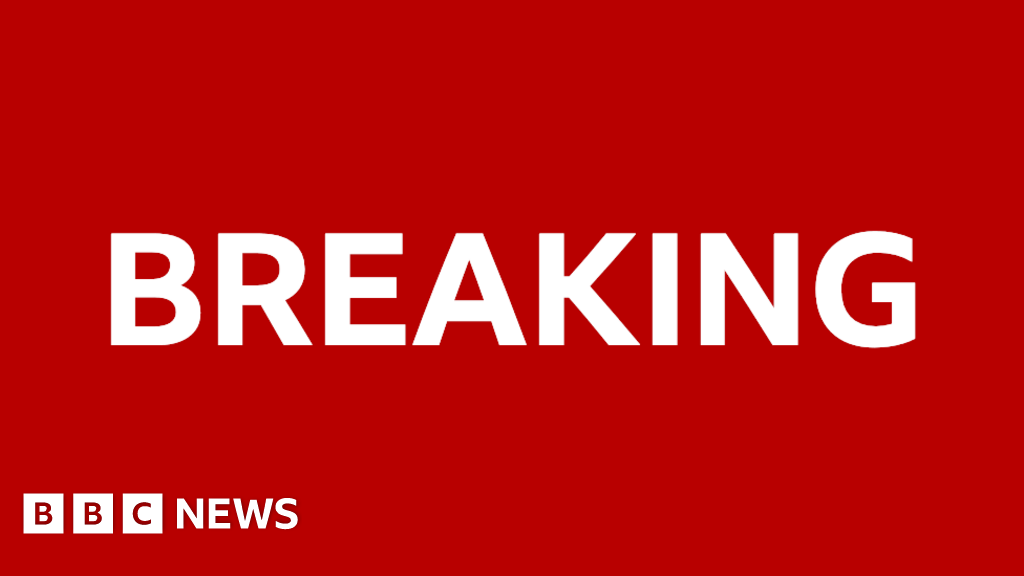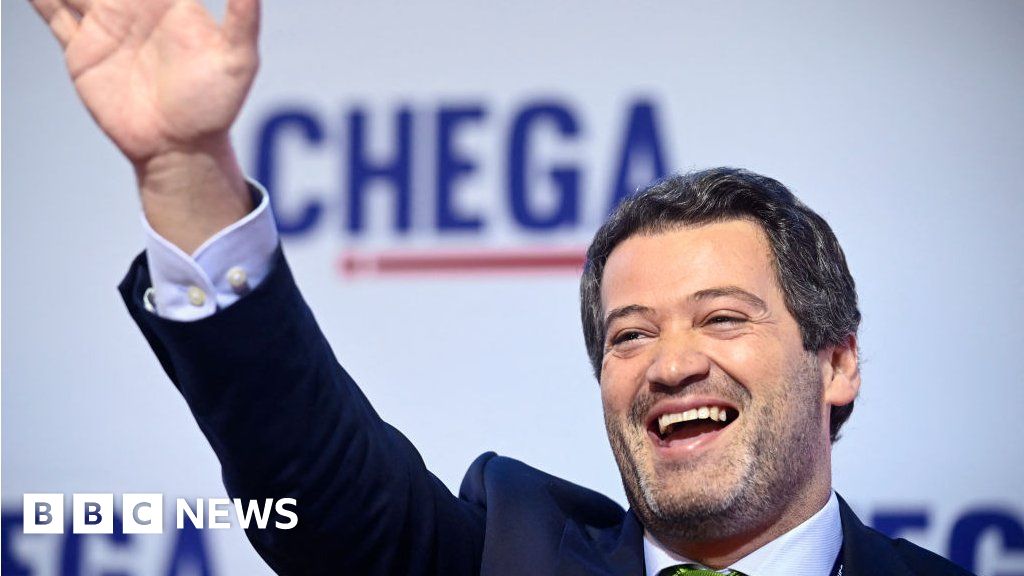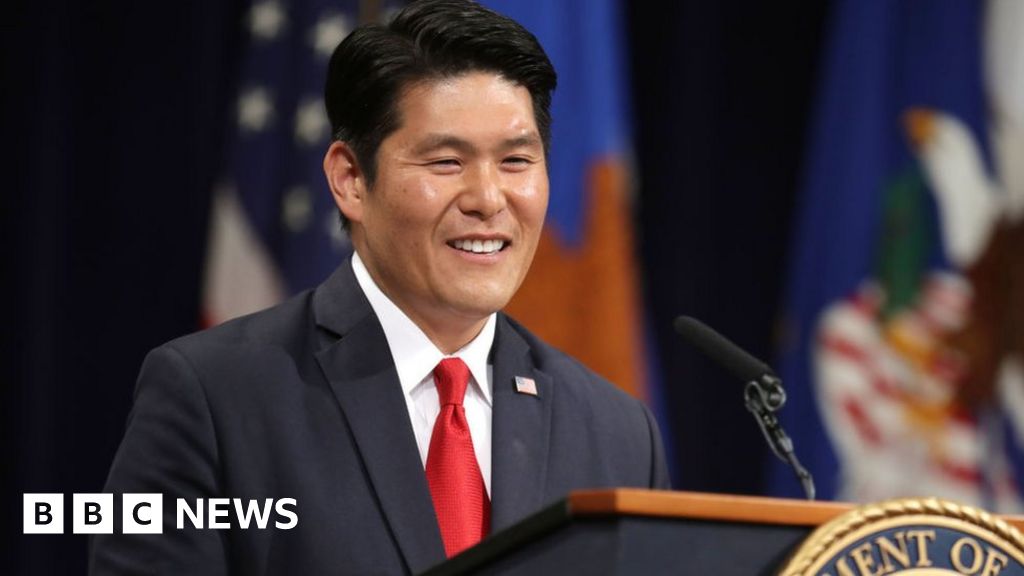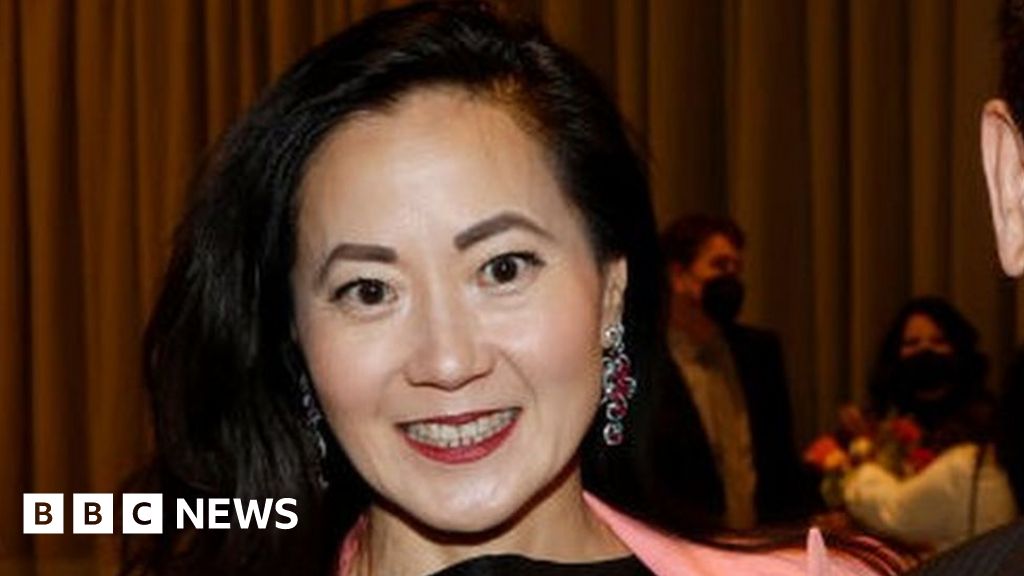ARTICLE AD BOX
It's a ceasefire on the main front of the global trade war. Global markets are rising again, and container ships can set sail across the Pacific.
The progress made in US-China talks in Switzerland was far greater than expected. The prohibitive triple-digit tariffs are now down to just moderately high levels, at least for three months.
The details were a little complicated, perhaps by design to enable both sides to save face.
The bottom line is this: the retaliatory tit-for-tat rise in tariff rates has been cancelled, and the so-called "reciprocal" tariff rate of 34% is lowered for at least 90 days to 10%.
The rates applying now are 30% from the US (which includes an existing 20% component aimed at curbing the illegal trade in fentanyl), and 10% from China.
The world's two biggest economies have stepped back from beyond the brink.
Who blinked first? The row-back started a month ago, as investors sold US government debt aggressively after the reciprocal tariff rates were first revealed.
The ascent of the US Treasury Secretary Scott Bessent to lead trade negotiations was the start of the process. Trade hardliner Pete Navarro has been clearly sidelined. It was Bessent who was in Switzerland with Chinese Vice Premier He Lifeng at the weekend.
The US pushed back strongly against the idea of countries retaliating against their tariffs. China did the most and currently has the same baseline 10% tariff as the rest of the world.
So the US now has the problem. Why would any ally who did not retaliate expect to get worse than China, who did?
There was also nothing agreed on the longer-term challenges to the relationship, for example Chinese exchange rate policy.
So this does also affect the rest of the world profoundly. In the first instance this ceasefire is much better news than expected. It is not an end to the trade war, but it is a very significant truce.
China was facing a 2008-style factory shutdown and potential significant unemployment. It should be averted now.
At these tariff levels, prices will go up somewhat, but the trade will flow. Some uncertainty will remain, given the temporary nature of some of this.
The toy shop owner I met last month in Arizona, who will not publish prices in her Christmas catalogues, may still have that uncertainty, but probably can now count on the container ships sailing with her products onboard.
At the time the retaliatory tariffs were released, the US administration strongly suggested that the buyer countries always win trade wars. The seller or deficit countries such as China, need their buyer more than the other way round.
This has not proven to be the case. The potential financial market turmoil proved to be an equal and opposite source of pressure on the US.
The situation has improved, but the situation is far from over. And even the trade shock we have seen so far will have consequences.
China will attempt to project to the rest of the world that it is now the more reliable economic partner.
The US will have to decide how much it can contain China's rise in advanced technology, from microchips to electric vehicles to artificial intelligence. It may find it has some patching up to do with the rest of the world too.

 4 hours ago
4
4 hours ago
4








 English (US) ·
English (US) ·